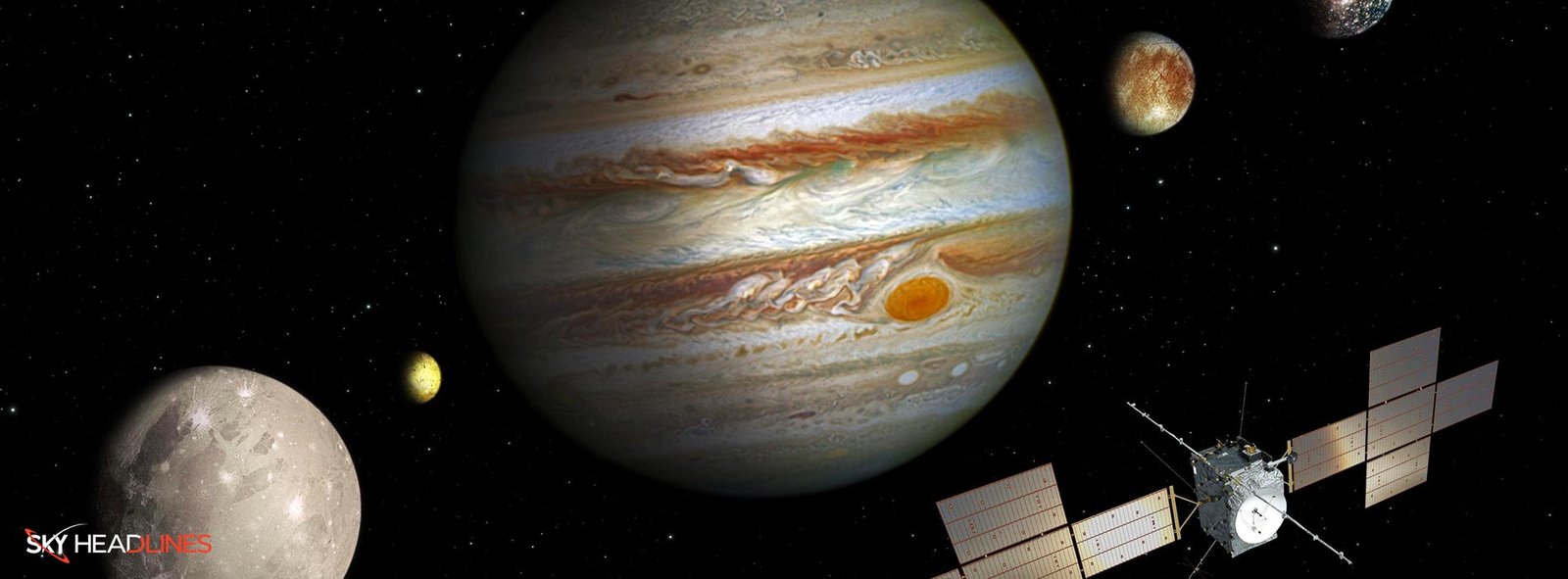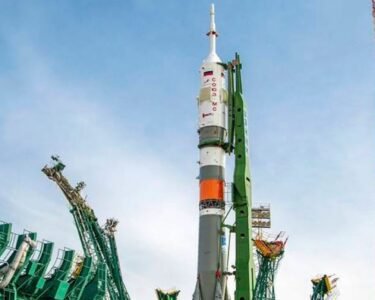Europe prepares for a major space mission exploring Jupiter’s icy moons. After final tests in Toulouse, the Juice satellite heads to South America for an April launch. The six-ton craft will swiftly fly by Callisto, Ganymede, and Europa, using special instruments to detect signs of habitability on Jupiter’s icy moons. Despite the Jovian system’s distance from the sun, it gets enough energy for potential liquid water beneath the surface—a key for life. The 8.5-year journey covers 6.6 billion kilometers, highlighting the importance of exploring Jupiter’s icy moons.
The European Space Agency (ESA) team behind this project gathered this week and gave the ‘go for launch’ command. Airbus, who spearheaded the construction of Juice for a cost of €1.6bn (£1.4bn; $1.7bn), also has drawn expertise and components from across Europe. Special radar will search inside Jupiter’s icy moons; and create 3D maps of their surfaces. Moreover, magnetometers will discover their electrically charged environments; and sensors that capture particles orbiting there.
The goal of the “Juice” mission is not to search for signs of life. Instead, it aims to determine if future missions can examine the signs of life in more detail. This may include sending a lander to drill into Mars’ crust to search for trapped liquid water. This ambitious goal might become a reality by the end of the century. Working with outer space requires one to be patient!
What do experts say about Jupiter’s icy moons?
A thermal architect Séverine Deschamps said: “We have two big vaults inside the spacecraft to protect the computers from radiation and to maintain them through a network of pipes at the same level of temperature,” Moreover, he said: “The same is true for the propulsion system. Its operation has to be maintained around the 20C, quite warm, to get a good level of performance when firing.”
“In the case of Europa, it’s thought there’s a deep ocean, maybe 100km deep, underneath its ice crust,” Moreover, on BBC News Prof Emma Bunce from Leicester University, UK said about Europe’s mission to Jupiter’s icy moons: “That depth of the ocean is 10 times that of the deepest ocean on Earth, and the ocean is in contact, we think, with a rocky floor. So that provides a scenario where there is mixing and some interesting chemistry,”.
Juice arrives at Jupiter at that time, scheduled for July 2031. After making 35 flybys of each of the three moons, it will eventually make a permanent home near Ganymede in late 2034.
Hopefully, a lot of mysteries will be uncovered about Jupiter’s icy moons from this mission.





